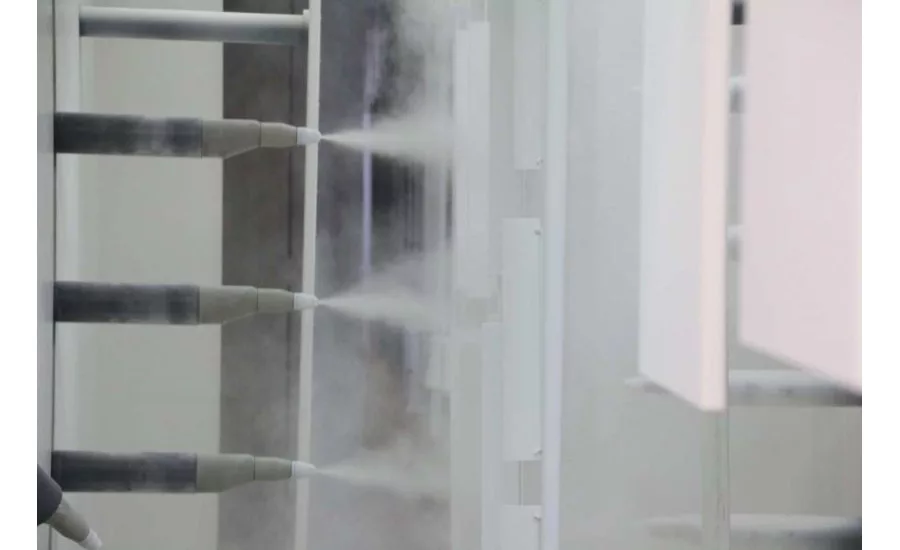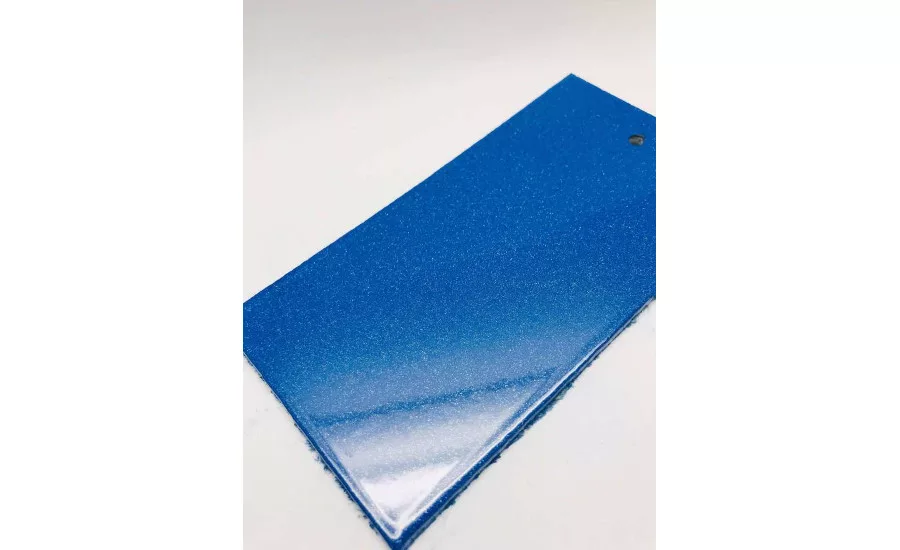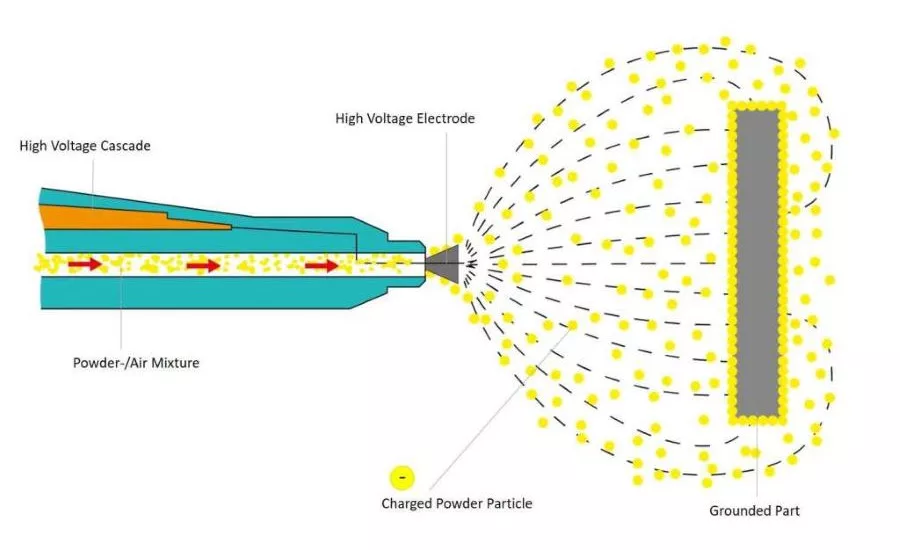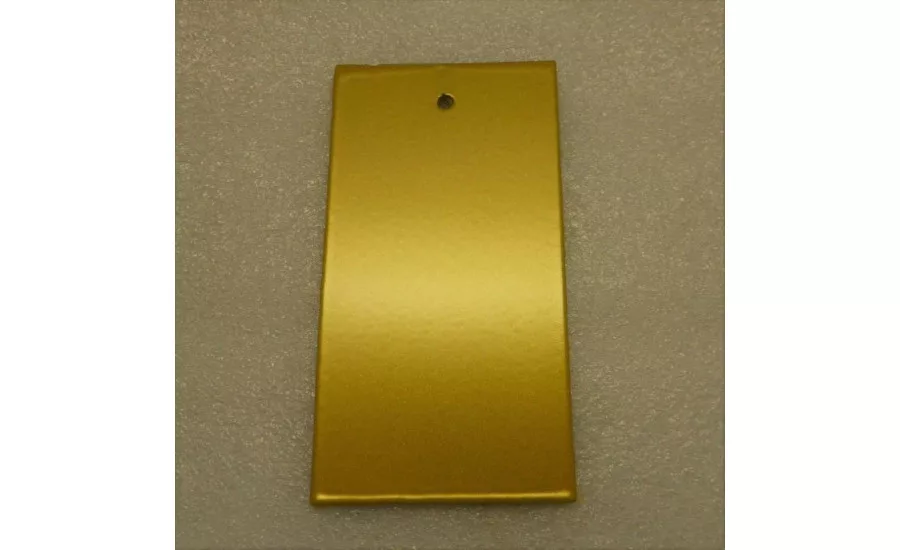Expanding the Freedom of Design
Powder Coating on FRP Thanks to Conductive Gelcoats with Graphene Nanotubes





New conductive gelcoats with graphene nanotubes as a protecting layer on top of fiber-reinforced plastics (FRPs) grant engineers and designers the ability to produce special surfaces and uniformly coat all final parts regardless of their conductive and non-conductive nature. Ease of processing, flexibility in color effects, chemical resistance and zero emissions – powder coating on gelcoats offers a viable alternative to liquid painting of FRP parts in automotive, marine, aerospace and even sanitary applications.
FRP is valued for its strength and the freedom it offers designers, but has always been limited in the types of coatings that can be applied. Recent tests with the use of conductive gelcoats have demonstrated the possibility of using powder coating, which is a new step forward in coating technologies for thermoset composites.
“Demonstrating a number of obvious benefits, such as zero release of volatile organic compounds to the atmosphere, solvent-free formulations, good protection and decorative performance, powder coatings are mostly applied electrostatically and used to coat metallic parts. Being able to spray powder coatings on FRP, which is an insulator, is a significant benefit,” said Anna Meisczuk, Specialist for Powder on Plastic and PIMC Applications at TIGER Coatings. “What brings added value is that we were able to maintain simple processing, wide color possibilities, including the complete range of effects, excellent performance, and chemical resistance.”
The new conductive gelcoat range results from BÜFA Composite Systems’ knowledge and experience in developing solutions for polyester resins with graphene nanotubes. “TUBALL graphene nanotubes by OCSiAl are the key that makes it possible to combine permanent and stable resistivity of 10^6 Ω/sq. Such characteristics are already established in the BÜFA®-Conductive-Tooling Gelcoat series. The latest new gelcoat types are tailored for powder coating use. We believe it opens up new prospective application fields, where high-performance and tailor-made composites solutions are essential,” said Jens Wolters at BÜFA Composite Systems.
Conductive thermoset resins like polyester, epoxy, vinyl ester and others modified with graphene nanotubes have already found a wide range of applications in pipes and tanks, ventilation systems, print rollers, control boxes, floor coatings at industrial production plants, and molds. A high-gloss, homogenous surface, anti-dust effect, safer and easier demolding process, and shorter working cycles are the benefits of conductive tooling gelcoats frequently cited by mold producers.
For more information, click here.
Looking for a reprint of this article?
From high-res PDFs to custom plaques, order your copy today!





